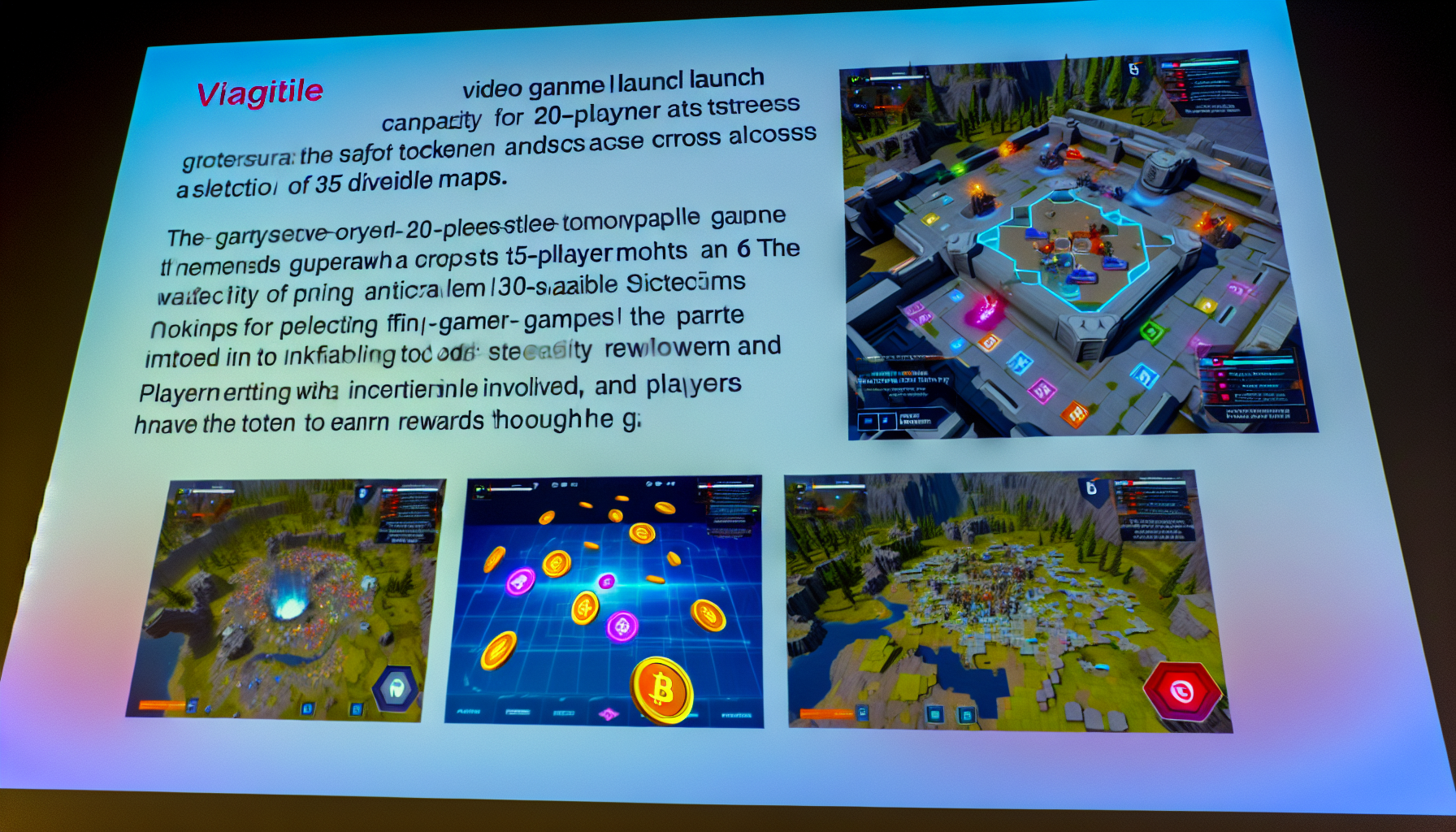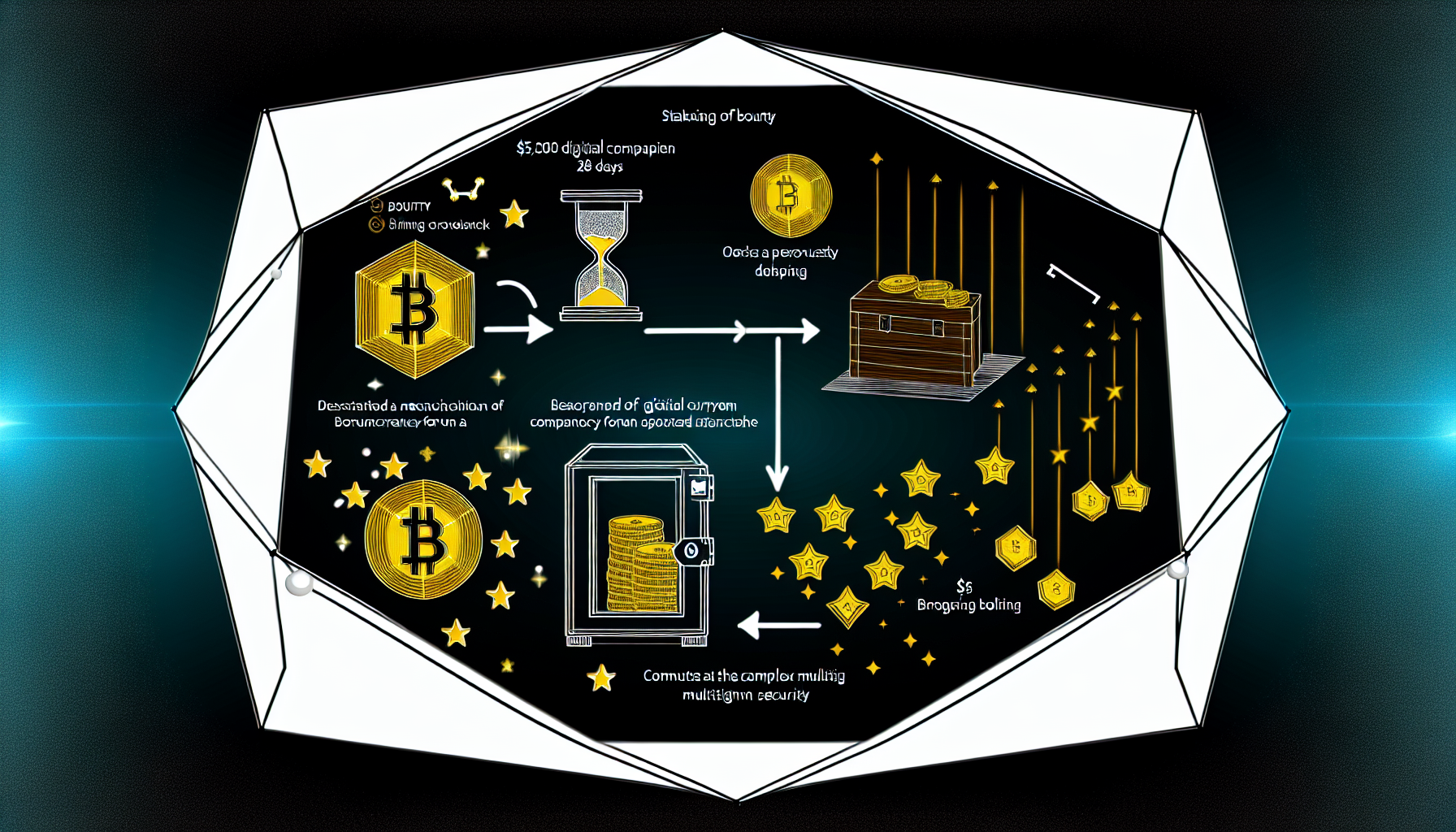Pudgy Party is the brand-driven mobile party game turning Web3 into an everyday experience. Built around 20-player rounds, fast mini-games, and collectible cosmetics that can exist as NATs or tradable NFTs, the game layers friendly competition with verifiable ownership. Season 1 “Dopameme Rush” adds time-limited skins, events, and leaderboards. If you’re wondering how the NFTs work, how to progress quickly, or how to earn $PENGU and other rewards, this data-forward guide breaks down the essentials for getting ahead in Pudgy Party.
Key Takeaways
– shows Pudgy Party launched on August 29, 2025, targeting mainstream play with 20-player rounds and NAT/NFT cosmetics via Mythical Games. – reveals Season 1, ‘Dopameme Rush,’ features limited skins, cross-platform access, and XP with leaderboard prizes to reward consistent participation. – demonstrates breadth with 35 maps across six modes, 20-player elimination rounds, and mini-games that escalate toward a final free-for-all showdown. – indicates early incentives include SBT pre-download rewards and giveaways totaling $1,000 in $PENGU, plus event-exclusive costumes during Season 1 launches. – suggests token integration lets players earn $PENGU through challenges and matches, while NFT holders unlock exclusive items and longer-term governance utility.
What Pudgy Party Is and Why It Matters
Pudgy Party officially launched globally on August 29, 2025 as a mobile multiplayer title built in partnership with Mythical Games, blending casual mechanics with Web3 ownership. In practice, that means cosmetics and items can be minted as NATs for non-tradable use or as limited, tradable NFTs, while the UX aims to feel familiar to mainstream mobile players. Leadership frames the release as a good-vibes test case for accessible Web3, positioning Pudgy Penguins IP for mass-market discovery via the app stores [1].
At a time when many Web3 games gate features behind wallets and tokens, Pudgy Party flips the onboarding flow. You can play instantly, pick up cosmetics through standard in-game progression, then opt into tradable items or tokenized participation later. That design lowers friction for first-time players while still giving enthusiasts ways to engage deeper through season passes, leaderboards, and limited drops tied to the Penguins universe.
How Gameplay Works: Modes, Maps, and Rounds
Each match supports up to 20 players who face a sequence of short mini-games and obstacle stages. Rounds remove a portion of the field until a final free-for-all determines the winner. Season 1, titled “Dopameme Rush,” features limited-run skins and cosmetics, and the core loop pays out XP, in-game currency, and leaderboard progression. The team emphasizes cross-platform access, simple controls, and approachable pacing so friends can drop in and play together without crypto setup barriers [2].
Across content, the game launched with 35 maps spanning six distinct modes, offering variation between agility races, survival gauntlets, and chaotic finales. Early engagement incentives included SBT pre-download rewards and launch giveaways totaling $1,000 in $PENGU, alongside retail tie-ins and initial App Store chart traction that helped visibility at release. This breadth of content and incentives is designed to make short sessions feel fresh while encouraging repeat play during the opening season window [5].
In practical terms, expect two to four elimination stages that reward consistent performance more than risky heroics. As the field thins, map hazards become less forgiving and timing windows tighten. Studying the obstacle cadence on common maps, then adapting quickly when modes change mid-session, pays dividends. Because the final free-for-all has high variance, banking safe placements early in a session statistically raises your odds of landing on the podium.
NFTs, NATs, and $PENGU: How Value Flows
The Mythical Games integration allows items to exist as NATs (non-tradable) for frictionless use or as limited NFTs with market utility, all packaged behind a lightweight mobile interface. That choice matters: NATs protect the casual, free-to-play feel; NFTs enable optional tradability and scarcity for collectors focused on long-term value and event exclusivity. The result is a tiered ownership model that fits both newcomers and crypto-native players without fragmenting the experience.
On the token side, $PENGU is designed for in-game utility and community alignment. Players can earn $PENGU through challenges and matches, while NFT holders receive access to exclusive items that signal status and progression. The project positions $PENGU for longer-term governance utility within the ecosystem, tying gameplay actions to a broader holder community over time. For grinders, that means daily objectives and event missions can translate into tokenized outcomes, not just vanity cosmetics [4].
Rounding out the loop are familiar progression sinks: a battle pass stream, loot chests, and cosmetic sets keyed to season themes. During limited-time events, selective spend on passes can compound returns, especially if your playtime aligns with leaderboard windows, but free paths remain viable for steady XP and cosmetic unlocks. The key is to map your time budget to the specific rewards calendar for each event.
Beginner-to-Pro Strategy: Tactics to Reach Finals
To consistently reach finals, prioritize survival and position over early aggression. Veteran players recommend “middle positioning” to avoid pileups at the front and griefing at the back, while maintaining enough visibility to spot hazards. Practice on common obstacles improves timing, but patience matters more: let opponents overcommit on risky jumps and use safe lines to secure top-half finishes. Consistent participation accelerates XP, in-game currency, cosmetics, and battle pass progression, with finals reached by those who manage risk across elimination phases [3].
Micro-optimizations add up. On race maps, hug interior lines and pre-aim your landing zones to reduce stumble frames. In survival modes, rhythm-check moving obstacles and avoid congestion points where physics collisions spike. In finals, adjust your strategy to mode-specific win conditions—some reward pathfinding, others favor stable footing or denial plays. Above all, stay calm after a mistake; recovering to mid-pack often beats forcing low-probability hero moves.
Pudgy Party Earning Rewards: Tokens, Leaderboards, Drops
The most reliable earn loop combines daily play with season objectives. Stack XP through short sessions—two or three matches at a time—to convert time into predictable pass progression and in-game currency. Save currency for event-aligned loot chests or cosmetic sets with clear rarity ladders so your spend targets items that retain visibility throughout the season.
For token-focused players, map out challenge windows. When $PENGU challenges go live, prioritize modes where your placement percentile is strongest. Even small improvements in average placement can shift you across leaderboard thresholds, unlocking incremental rewards over a season. If you pre-downloaded for SBT eligibility, make sure to claim and track any associated missions tied to early access incentives so you don’t leave free value on the table.
NFT collectors should weigh limited skins from “Dopameme Rush.” Event-exclusive pieces tend to have higher long-term signaling value, especially if tied to recognizable memes or community milestones. If you hold compatible NFTs, check for holder-only items and queues. Non-holders still progress well through NAT cosmetics and battle pass cosmetics; pivot later if you decide a particular limited set is worth upgrading to a tradable slot.
Content Depth, Accessibility, and What Comes Next
With 35 launch maps across six modes and 20-player lobbies, Pudgy Party targets a sweet spot: enough content to sustain daily sessions, but short matches for casual play. Cross-platform access and simplified onboarding minimize wallet friction, while optional NFTs and $PENGU provide a path for deeper participation. That balance is central to mainstream traction: players can ignore the crypto parts entirely and still have a full game loop, then opt in when event items or community incentives make sense.
Looking ahead, watch three signals. First, map cadence—how often new maps or mode variants drop—determines replayability. Second, reward tuning—XP rates, leaderboard prize thresholds, and event drop odds—drives player time investment. Third, interoperability—how NATs/NFTs and $PENGU evolve across the broader Pudgy Penguins ecosystem—will shape value beyond a single season. Together, those levers will decide whether Pudgy Party remains a launch novelty or matures into a sustained fixture of mobile Web3.
Sources: [1] CCN – Pudgy Party Releases, Web3 Game Shoots For Mainstream: www.ccn.com/news/crypto/pudgy-party-releases-globally-new-pudgy-penguins-web3-game-shoots-for-mainstream-success/” target=”_blank” rel=”nofollow noopener noreferrer”>https://www.ccn.com/news/crypto/pudgy-party-releases-globally-new-pudgy-penguins-web3-game-shoots-for-mainstream-success/ [2] PlayToEarn – Web3 Mobile Game Pudgy Party Goes Live on App Stores: https://playtoearn.com/news/web3-mobile-game-pudgy-party-goes-live-on-app-stores [3] GAM3S.GG – Pudgy Party Guide: The Ultimate Beginner’s Guide: https://gam3s.gg/pudgy-party/guides/pudgy-party-the-ultimate-beginners-guide [4] CoinRank – How to Play Pudgy Party? From Beginner to Pro: www.coinrank.io/crypto/how-to-play-pudgy-party-from-beginner-to-pro/” target=”_blank” rel=”nofollow noopener noreferrer”>https://www.coinrank.io/crypto/how-to-play-pudgy-party-from-beginner-to-pro/ [5] CoinGabbar / HokaNews – Pudgy Penguins Play-to-Earn Game Pudgy Party Get PENGU Tokens: www.coingabbar.com/en/crypto-currency-news/pudgy-penguins-play-to-earn-game-pudgy-party-get-pengu-tokens” target=”_blank” rel=”nofollow noopener noreferrer”>https://www.coingabbar.com/en/crypto-currency-news/pudgy-penguins-play-to-earn-game-pudgy-party-get-pengu-tokens
Image generated by DALL-E 3










Leave a Reply